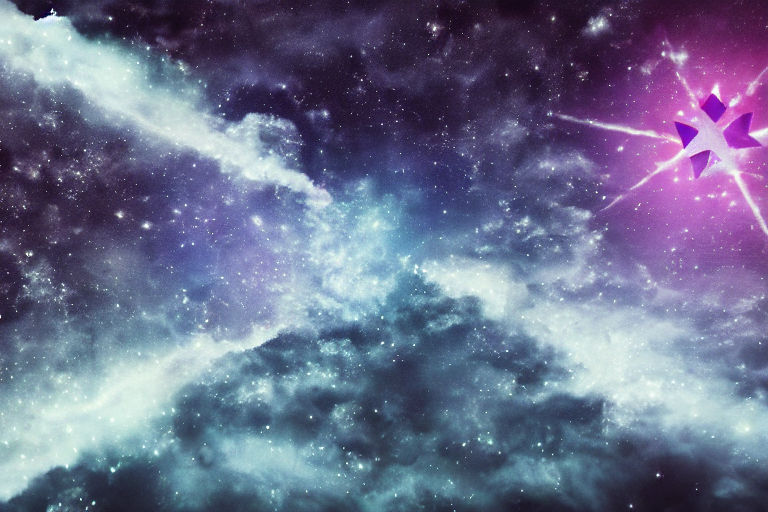The Birth and Death of Stars: Supernovae, Neutron Stars, and White Dwarfs
Stars are fascinating objects that have intrigued humans for thousands of years. They are born from clouds of gas and dust in space and can take on a variety of sizes and colors depending on their composition and age. While some stars live for billions of years, others undergo massive explosions that mark the end of their lives. In this article, we'll explore the birth and death of stars and the fascinating objects that they leave behind.
Birth of Stars: Nebulae and Star Formation
Stars begin their lives as clouds of gas and dust called nebulae. These nebulae are located throughout our galaxy, and they can be seen as colorful patches of light in the night sky. Gravity causes these clouds to collapse onto themselves, creating clumps of gas and dust that become the building blocks of stars. As the clumps get larger, they begin to heat up due to the energy released by gravitational contraction. Eventually, the temperature and pressure in the center of the clump become high enough for nuclear fusion reactions to occur. At this point, the clump becomes a protostar, and its life as a star begins.
Main-Sequence Stars: The Longest Phase of a Star's Life
After a protostar ignites, it enters a phase known as the main sequence. This is the longest and most stable phase of a star's life, during which it fuses hydrogen into helium to create energy. The temperature and pressure in the core of the star are just right for fusion to occur, and this process causes the star to emit light and heat. The brightness, color, and size of a star during this phase depend on its mass. The more massive a star, the brighter and bluer it is, and the faster it burns through its fuel.
The Death of Stars: Supernovae, Neutron Stars, and White Dwarfs
Eventually, main-sequence stars run out of fuel, and their cores begin to contract due to gravity. In stars with less than eight times the mass of our Sun, this contraction causes the outer layers of the star to expand, and the star becomes a red giant. In stars with more than eight times the mass of our Sun, the core contraction is so intense that it causes a massive explosion called a supernova.
Supernovae are some of the most energetic events in the universe, and they can briefly outshine entire galaxies. They create heavy elements like gold and silver and release them into space. They also leave behind two fascinating objects: neutron stars and black holes. Neutron stars are the ultra-dense remnants of collapsed cores of massive stars, while black holes are regions of space where gravity is so strong that nothing, not even light, can escape.
For stars with less than eight times the mass of our Sun, the outer layers expelled during the red giant phase become a planetary nebula, leaving behind a small, hot object known as a white dwarf. White dwarfs are incredibly dense and constitute some of the most massive objects in our galaxy. They eventually cool down, becoming invisible to the naked eye.
Conclusion
The birth and death of stars are among the most fundamental events in the universe, shaping the cosmos as we know it. Nebulae give birth to new stars, which can live for billions of years as main-sequence stars, eventually ending their lives as supernovae or red giants, leaving behind fascinating objects like black holes, neutron stars, and white dwarfs. As we continue to learn more about these cosmic phenomena, we gain a deeper appreciation of the grandeur and complexity of the universe.



